How to Play Blu-Ray in VLC Media Player on Windows and Mac
 Donna Peng
Donna Peng
Updated on
Summary: To play encrypted Blu-ray on VLC, install the key database and AACS library. VLC requires extra decryption support. The easiest method is using MakeMKV for quick, free playback without full ripping.
VLC is awesome, lightweight, free, plays almost anything… except encrypted Blu-ray discs out of the box. A lot of us hit the same wall: you pop in a Blu-ray, hit play, and boom, black screen, "This Blu-ray disc needs a library for AACS decoding and your system does not have it." or the menu just vanishes into the void.
Yep, it’s not you. VLC doesn’t ship with the decryption stuff you need. The good news? You don’t have to buy fancy software or spend hours ripping. With the right extra files (or a quick MakeMKV trick), you can get VLC to play Blu-rays cleanly in just a few minutes.
Why VLC Doesn’t Fully Support Blu-ray
VLC is a great media player, but when it comes to Blu-ray, it hits some hard limits. Encrypted discs, Java menus, and UHD formats require features VLC can’t legally or technically build in.
- AACS and BD+ encryption: Most commercial Blu-rays use AACS/BD+ DRM. VLC, being open-source, can’t include these decryption libraries by default. You need to manually add
libaacs.dllandkeydb.cfgto make playback work. - Java BD-J menu dependency: Many Blu-ray discs rely on BD-J (Java) for their interactive menus. VLC doesn’t ship with a full Java runtime, so even if the disc is decrypted, menus may not display or function correctly.
- UHD format limitations: 4K UHD discs often include Dolby Vision, HDR10+, and Dolby Atmos. VLC can only play the basic video/audio stream, not the advanced HDR or object-based audio features.
In short, it’s not that VLC is "broken", it’s simply restricted by licensing and technical hurdles. That’s why most users rely on extra libraries or MakeMKV to get smooth Blu-ray playback.
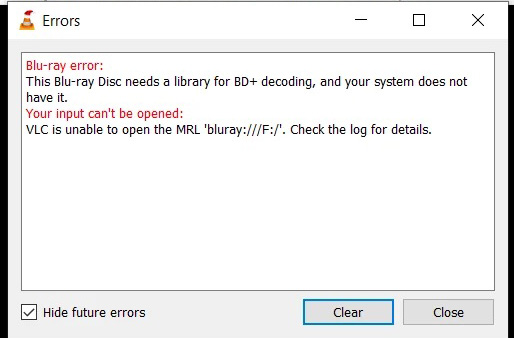
How to Play Blu-ray with VLC Media Player
VLC is awesome for most video files, but playing Blu-ray isn’t plug-and-play. You’ll need a few extra tools, a quick setup, and some tweaks to make it work smoothly.
Required Tools for VLC Blu-ray Playback
You can’t just pop in a Blu-ray and hit play. These files and tools help VLC handle encryption and menu support without fancy commercial software.
- MakeMKV (Free beta/trial) – Acts as a live decryptor in the background so VLC can read encrypted discs.
- AACS / BD+ files –
libaacs.dll,libbdplus.dll, andkeydb.cfghandle disc decryption. You’ll need to place them manually. - Java (optional) – Some discs use BD-J menus. VLC can display them if Java is installed, but many users just skip menus entirely.
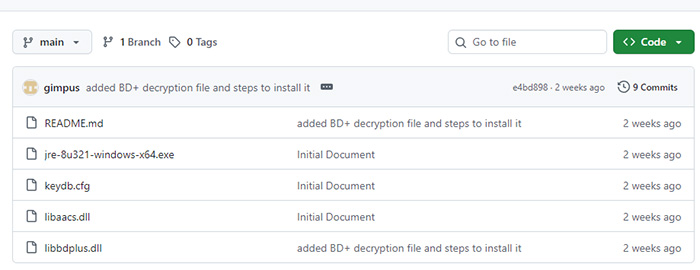
Step-by-Step Setup on Windows
Windows setup is pretty quick. You basically give VLC the tools it needs to bypass Blu-ray encryption and disable anything that can break playback (like menus).
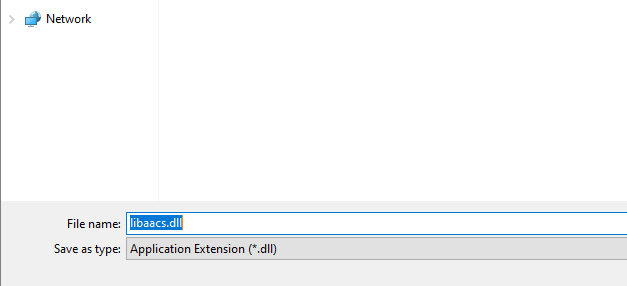
- Download and install MakeMKV (get the free MakeMKV beta key from here).
- Go to the MakeMKV install folder → copy
libmmbd64.dll→ paste into VLC install folder → rename it:libaacs.dlllibbdplus.dll(optional)
- Download
keydb.cfg(usually from FindVUK) and place it in:C:\ProgramData\aacs\
- In VLC, disable menus (optional but avoids crashes):
- Media → Open Disc → Blu-ray → uncheck “Use menus”.
- Open the disc via Media → Open Disc → Blu-ray and hit play.
- If playback fails, check VLC Preferences → Blu-ray → Region Code (A/B/C) and match your disc.
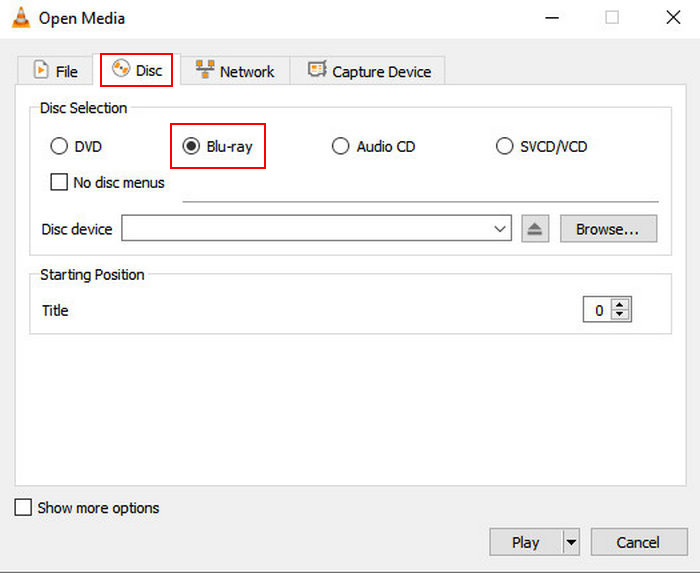
Pro tip: If your trial key for MakeMKV expires, Blu-rays may stop playing. Renew the key or use standalone AACS libraries.
Step-by-Step Setup on Mac
Mac setup is similar to Windows but requires dropping files into VLC’s app bundle and fixing permissions. A few extra steps, but works just as well.
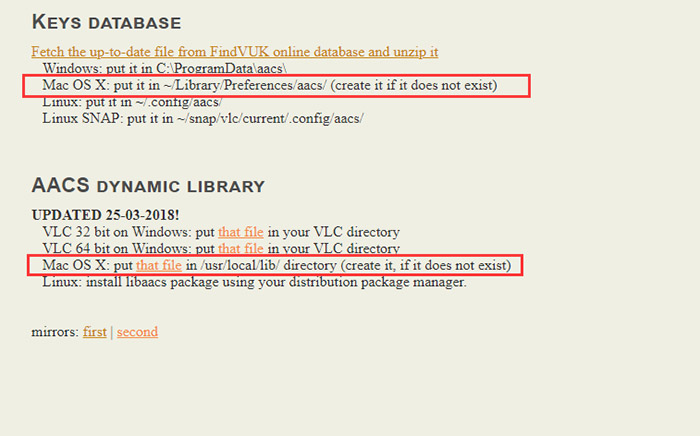
- Open MakeMKV’s app folder → locate the
.dylibfiles inside (similar tolibmmbd64.dllon Windows). - Right-click the VLC app → “Show Package Contents” → navigate to:
Contents/MacOS/lib
- Copy the
.dylibfiles here and rename as needed (libaacs.dylib,libbdplus.dylib). - Open Terminal and set permissions:
chmod 755 libaacs.dylib libbdplus.dylib
- Launch VLC → Media → Open Disc → Blu-ray → play your disc.
- If you want menus, install Java. If not, just skip it and play the main title.
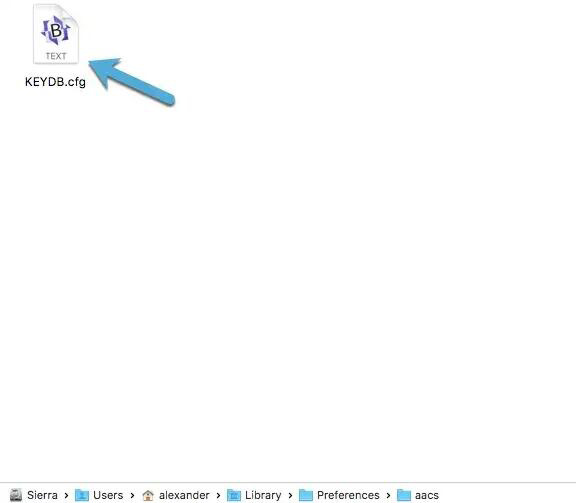
Pro tip: macOS may ask for disk access or Terminal permissions during setup — grant them or the libraries won’t load properly.
Once this setup is done, Blu-rays should play normally. Menus may still be buggy (because BD-J support is limited), but for most discs, main movie playback works flawlessly. That’s why a lot of users swear by the MakeMKV + VLC combo instead of pricey commercial players.
Common Issues and Troubleshooting
Even after setup, VLC + Blu-ray playback isn’t flawless. Here’s what can go wrong and how to fix it quickly. Most issues relate to MakeMKV integration, region settings, or VLC limitations. Fix these, and standard 1080p Blu-rays usually work fine.
- "Corrupted disc" error: Usually caused by an expired MakeMKV trial or outdated
libaacs.dll. Renew the key or update the library files. - Region code mismatch: Check VLC → Tools → Preferences → All → Input / Codecs → Access Modules → Blu-ray. Match the region to your disc (A/B/C).
- Disc spins down after ~40 minutes: Could be hardware/drive power-saving settings. Disable sleep/spin-down or try another Blu-ray drive.
- UHD discs won’t play: VLC can’t handle Dolby Vision, HDR10+, or Atmos natively. You’ll need a dedicated UHD player or rip to MKV for playback.
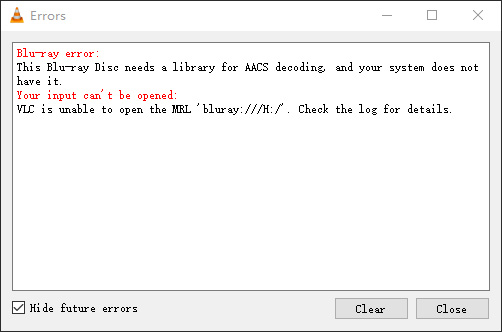
 FAQs about VLC Blu-ray Playback
FAQs about VLC Blu-ray Playback
VLC doesn’t include AACS or BD+ decryption libraries, which most commercial Blu-rays require. Attempting to play these discs often results in errors like "This Blu-ray disc needs a library for AACS decoding." You can fix this using MakeMKV for live decryption or by manually adding updated key and library files.
VLC can play UHD/4K discs if they’re decrypted through MakeMKV or equivalent. However, it doesn’t support HDR10+, Dolby Vision, or advanced audio codecs like Dolby Atmos natively. For the full UHD experience, you’ll need a dedicated player or to rip the disc into MKV format, as VLC will only handle standard playback.
Some Blu-rays use BD-J, which relies on Java for interactive menus. VLC doesn’t fully support BD-J, so menus may not display correctly. Installing the correct Java version can help, but for most users, skipping menus and selecting the movie title directly in VLC is faster and avoids playback issues.
Blu-rays are region-locked, and VLC won’t automatically adjust for mismatched discs. Go to Tools → Preferences → All Settings → Input / Codecs → Access Modules → Blu-ray and set the correct region (A/B/C) for your disc. Save and restart VLC; most playback issues related to region codes are resolved this way.
While technically you can use standalone libaacs.dll and keydb.cfg files, MakeMKV is the most reliable solution. It handles both AACS and BD+ decryption automatically in the background, making VLC playback hassle-free without fully ripping discs, and is the approach most Reddit users recommend for standard and UHD Blu-rays.


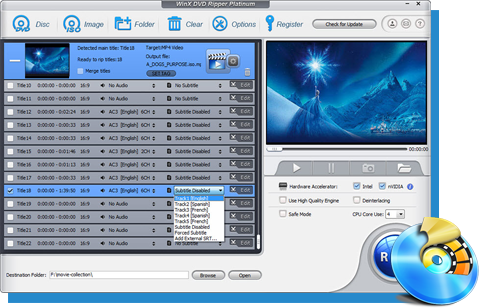
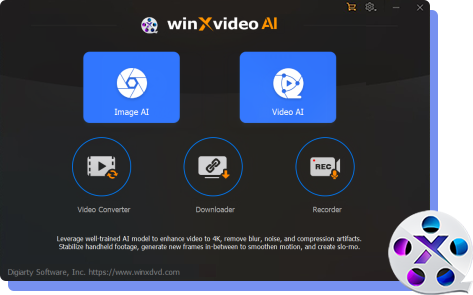
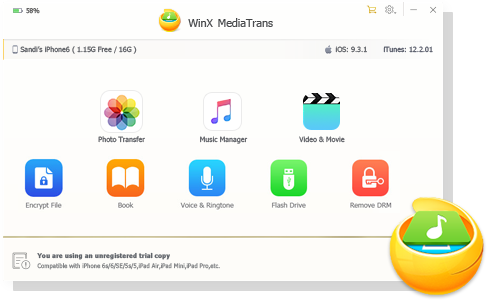





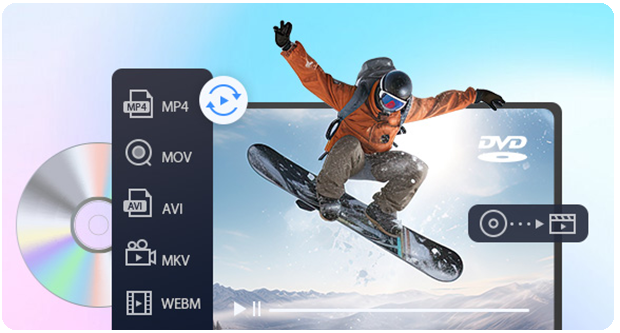

 Free Download
Free Download Free Download
Free Download